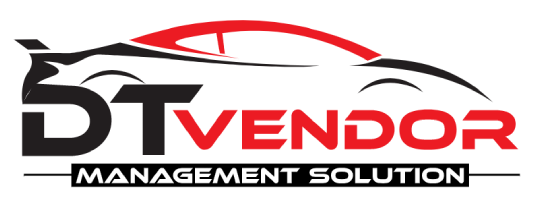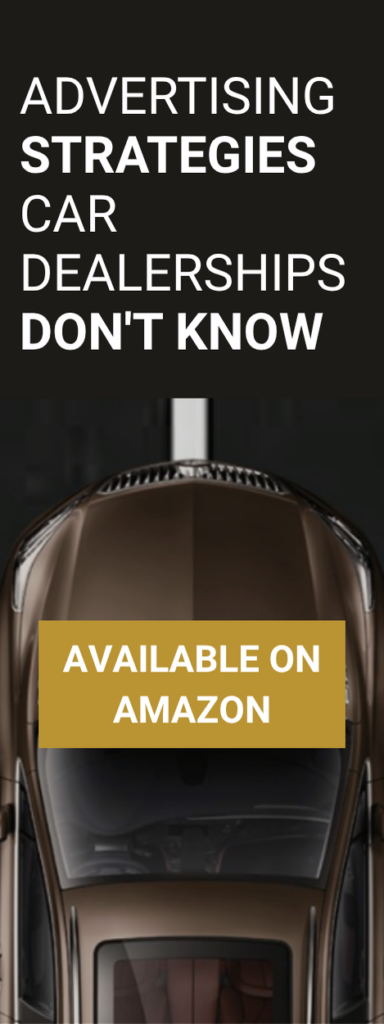Marketing Your Inventory in Today’s Landscape:
Of late, inventory has become an increasingly stressful topic for a lot of dealers. You may be hearing reports that the market is adjusting, but if your meetings are anything like ours, with OEMs and dealers alike, the reality is probably beginning to set in for you, as well. No one is willing to give specific dates. No one is anticipating a clear shift in the current landscape. No one sees a reasonable end in sight.
I don’t know about you, but I have noticed a significant decrease in in-store activity in the last few months. It seems that dealer showrooms have been empty for extended periods lately. People are holding on to what they have and waiting for exactly what they want, and the longer this continues, the less likely it will be that we ever go back to pre-covid ‘normalcy.’ To add even more to this, now we stand in front of economic uncertainty with inflation and a potential recession right around the corner! This equals one common truth, dealers need to get more creative in how they set up their stores for success and this includes marketing strategies.
In the past, our marketing strategies for new car sales were often firmly based on incentives predicated upon an excess of new inventory on the lot. If customers wanted to take full advantage of these incentives, they would often sacrifice the features they were looking for in order to benefit from the hefty discounts.
“We have $5,000 off until the first of the month. The new vehicle you want won’t be here until the 5th of the month, but I have this one, right here; that’s almost what you want.”
Used cars on the other hand, although in most cases bigger profit centers for the dealership were marketed mainly on price. We list a vehicle wherever we can and as soon as it hits a certain number of days, we begin to reduce the price until it sells or goes to auction. Yes, it’s a little more intricate than that, but in layman’s terms that’s the way it went.
In the blink of an eye, these approaches have become a scene in the rear-view mirror. In this landscape, we are forced to become more creative, both in ways to capitalize on new car hunger from consumers and the impact that the shortage has had on the used car market. The situation of the last few years has greatly benefited dealers but is becoming infinitely more difficult to balance.
For new cars, we must become better at ordering vehicles. As time progresses and customers’ tolerance for settling becomes less likely and their willingness to wait for what they want becomes more prevalent, strategies like “wait for a little save a lot” or even an “order your vehicle” or “car finder” pages need to become more common practice.
For used cars clean and direct is the name of the game. This is very difficult to achieve within groups. Eliminating waste and leveraging the power of the all-in-one browsing experience is extremely important. I predict that larger auto groups will start to create single-point campaigns focused on used inventory. These will encompass a myriad of channels a la CarMax in order to easily attribute and eliminate cannibalization between sister stores and make their marketing dollars go further.
Now I am not suggesting internal process changes but simply a more streamlined approach to getting customers in front of the vehicles they are interested in or are more likely to settle for. For large dealer groups, this approach will create more specific and controlled used car strategies capable of quick adaptation.
SEO, which in my opinion is the long-term success plan for any dealer, will also significantly benefit from a unified used car marketing approach. Remember, organic is based on keywords typed into a search engine, which captures consumer intent. As many predict, if the market slows down, meaning fewer buyers are available, whoever has the best organic reach in their local market will win more consumer searches.
Sure, dealers will never be able to effectively compete with the Edmunds and the Autotraders on a VIN-specific level when it comes to SEO, but still, a unified used car marketing approach is much stronger when it comes to local markets than multiple strategies competing for the same virtual space and the same consumer.
As we navigate these difficult times, finding ways to become more effective and efficient is critical. The challenge will always be considering your local market data and using that to help your store move the needle. If utilized correctly, the group advantage will be inventory. As the landscape before us continues to change, we must conclude that today’s consumer is different. For two years, we have seen buying behavior evolve through extreme inertia. Customers realize they must be patient if they want to find a new vehicle and are becoming more willing to do so.
Herb Anderson/Charity Ann




